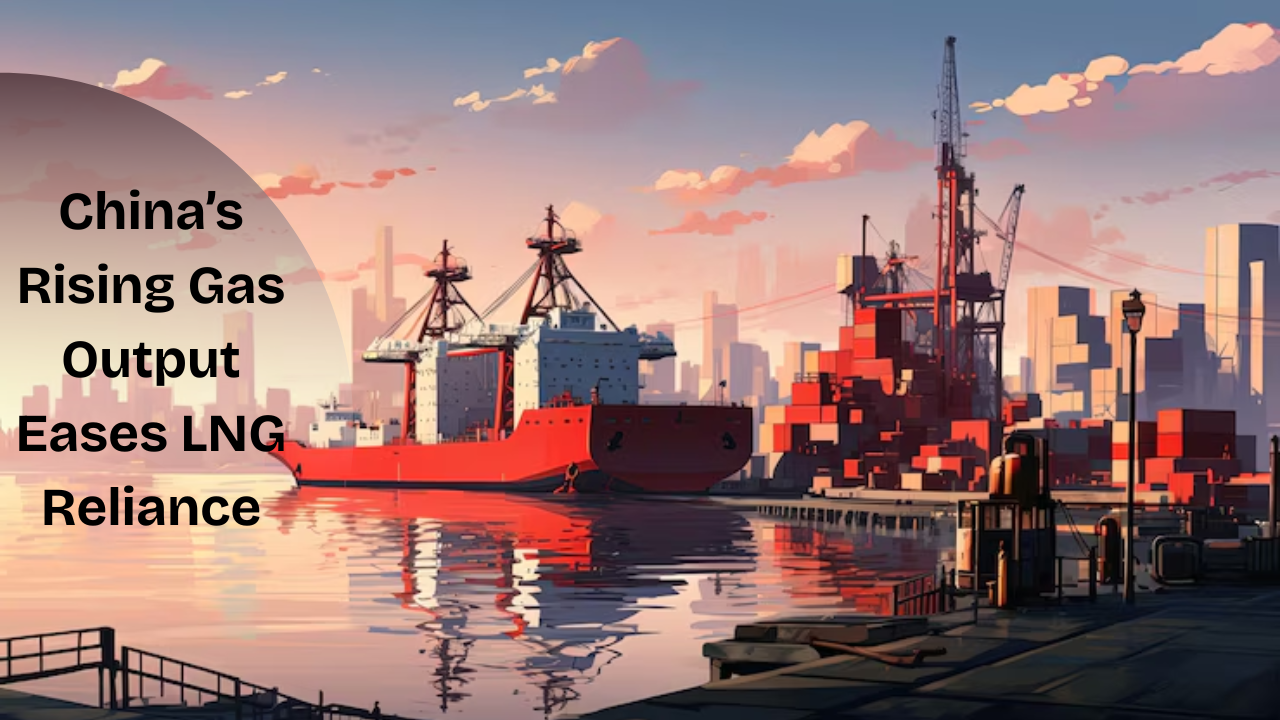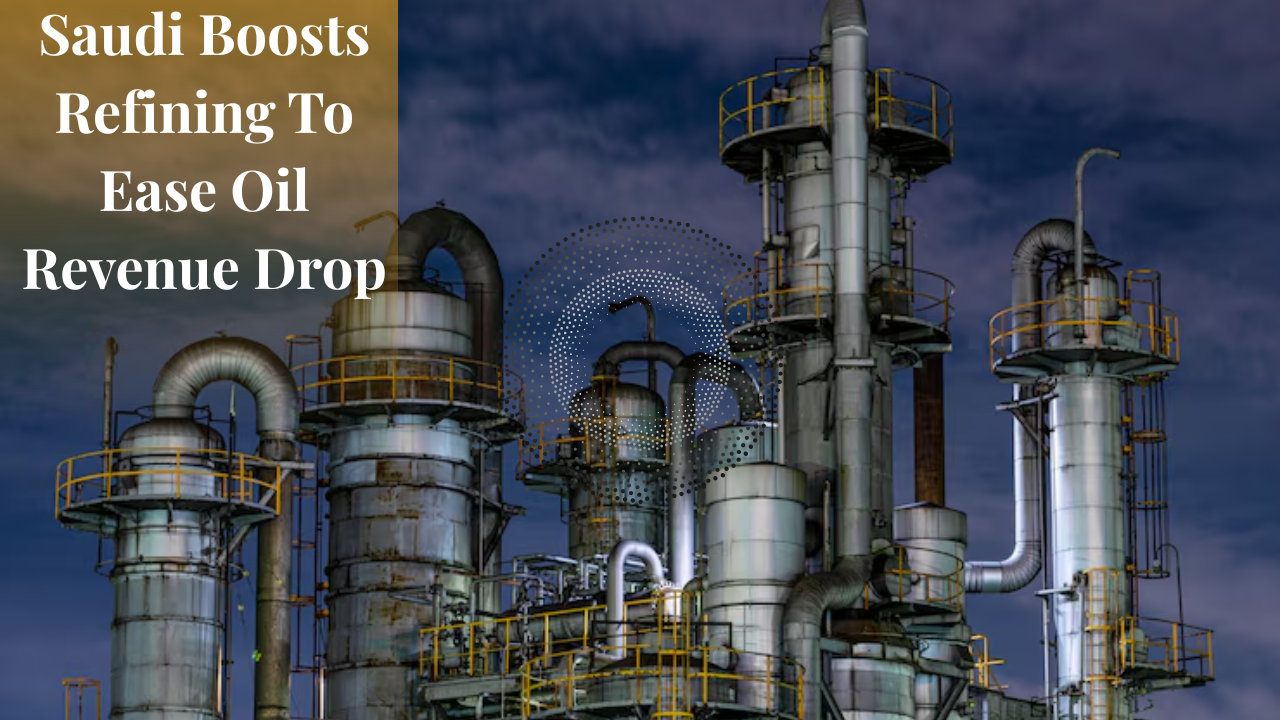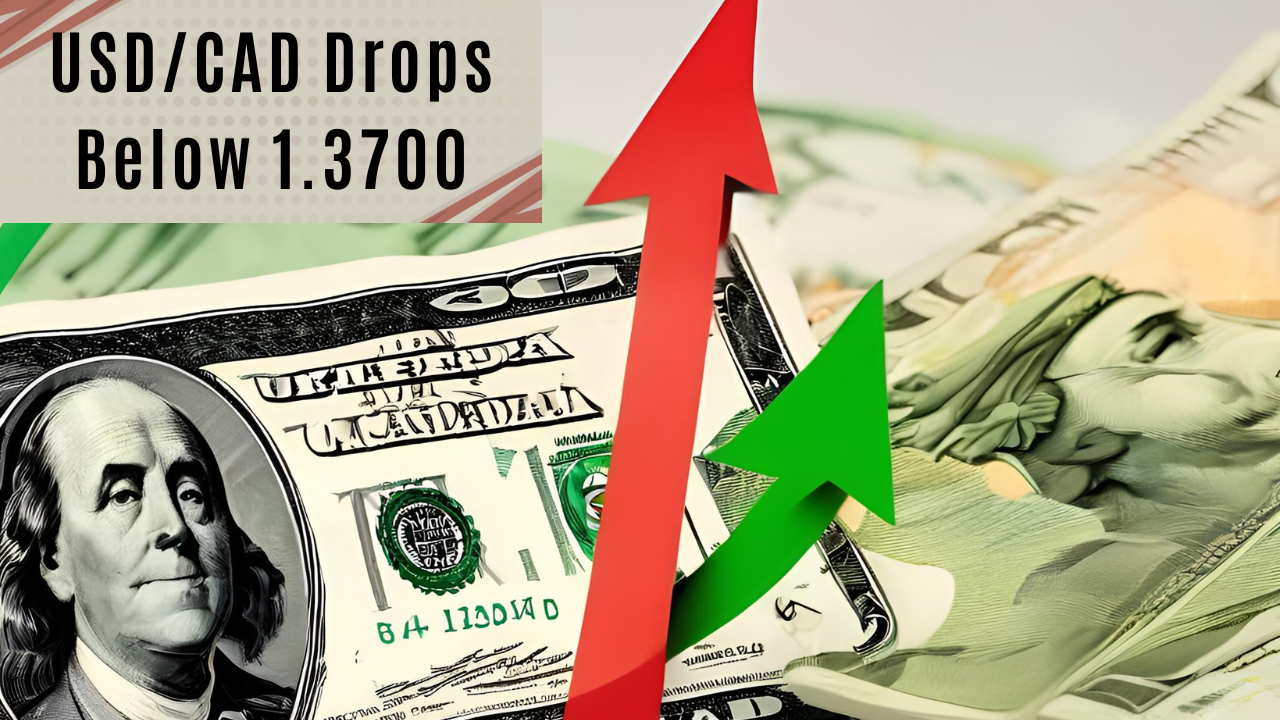
Compared to the same time in 2025, shipping volumes fell 6.8% from the months of January to April.
In January 2023, the world’s biggest importer of liquefied petroleum products, China, drastically cut back on its imports. Imports fell to 20 million metric tons between January and April, which is about 30% less than the same period last year, according to customs data.
In the first quarter alone, LNG volumes fell by 20%, or 5.7 bcm, according to Zhu Yanyan, CNOOC’s trading chief, while pipeline imports surged by 1.2 bcm and the national economy grew by 2.7 bcm.
“We’re shifting to more economical mainline and provincial supplies because LNG prices are still high,” Zhu said to attendees of the World Oil Conference.
Chinese companies are reselling U.S. LNG cargoes rather than importing them in their final days which is contributing to the downturn.
This is primarily because of a 15% tariff that was put in place during the continuing trade disputes with Washington.
Long-Term LNG Demand Still Set to Grow
Chinese energy leaders anticipate steady growth in gas consumption during the next ten years, despite present slowdowns.
China’s pipeline and domestic gas production are expected to increase by 13–15 bcm and 8 bcm, respectively, this year, according to consulting firm SIA Energy.
It’s more than enough to compensate for the decline in LNG imports.
Steve Hill, EVP of Gas & LNG at Mercuria, believes that decreased pricing, fresh monetary stimulus plans, and better trade ties between the United States and China will eventually boost demand for LNG.
Gas consumption is expected to rise by almost 6% this year, reaching up to 458 bcm, according to state-owned behemoths CNPC and Sinopec.
According to PipeChina, by 2035, the country’s gas consumption may reach 700 bcm.
A comparable outlook is held by confidential distributor ENN Natural Gas, whose vice president, Su Li projects that gas customer demand will exceed 600 bcm by 2030, emphasizing that the upward trend will continue through 2060.
ENN is also growing its long-term LNG portfolio to meet growing domestic needs and international sales.









